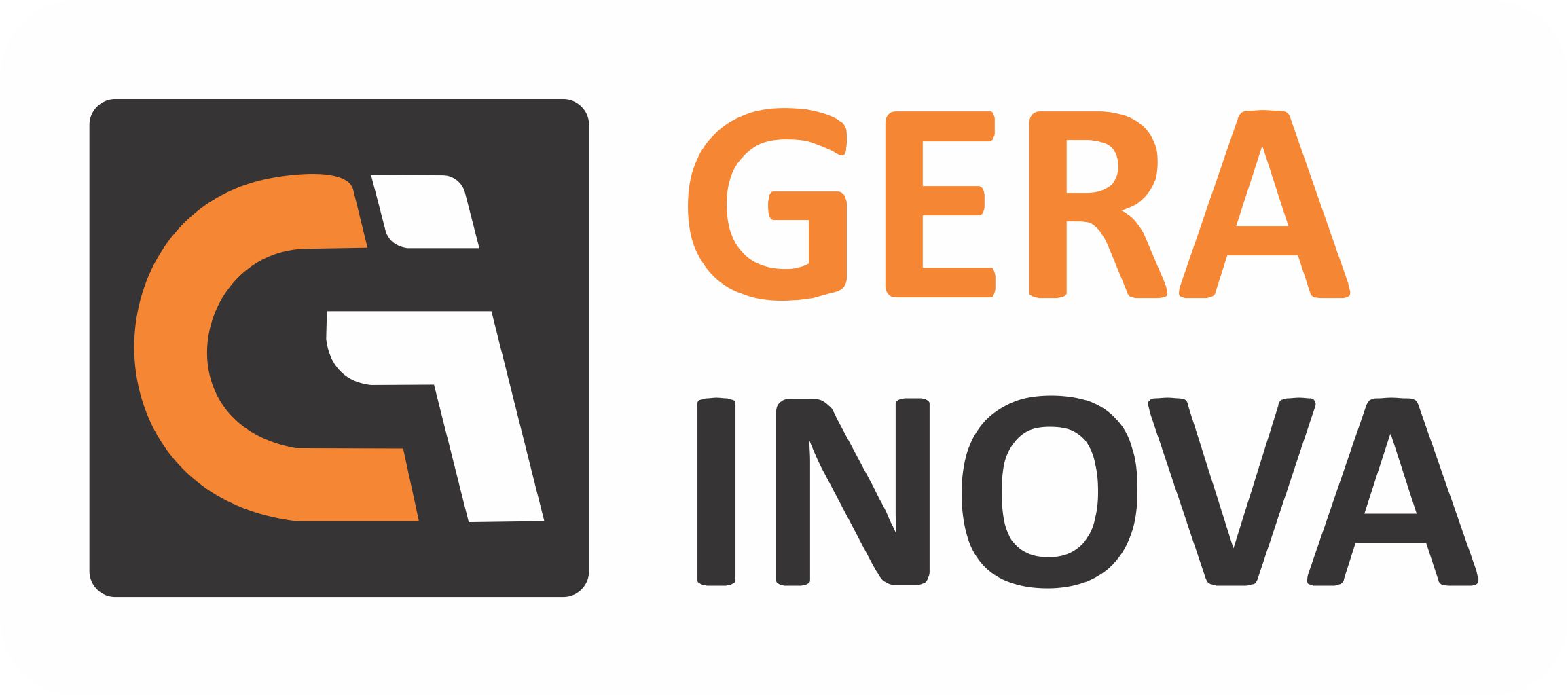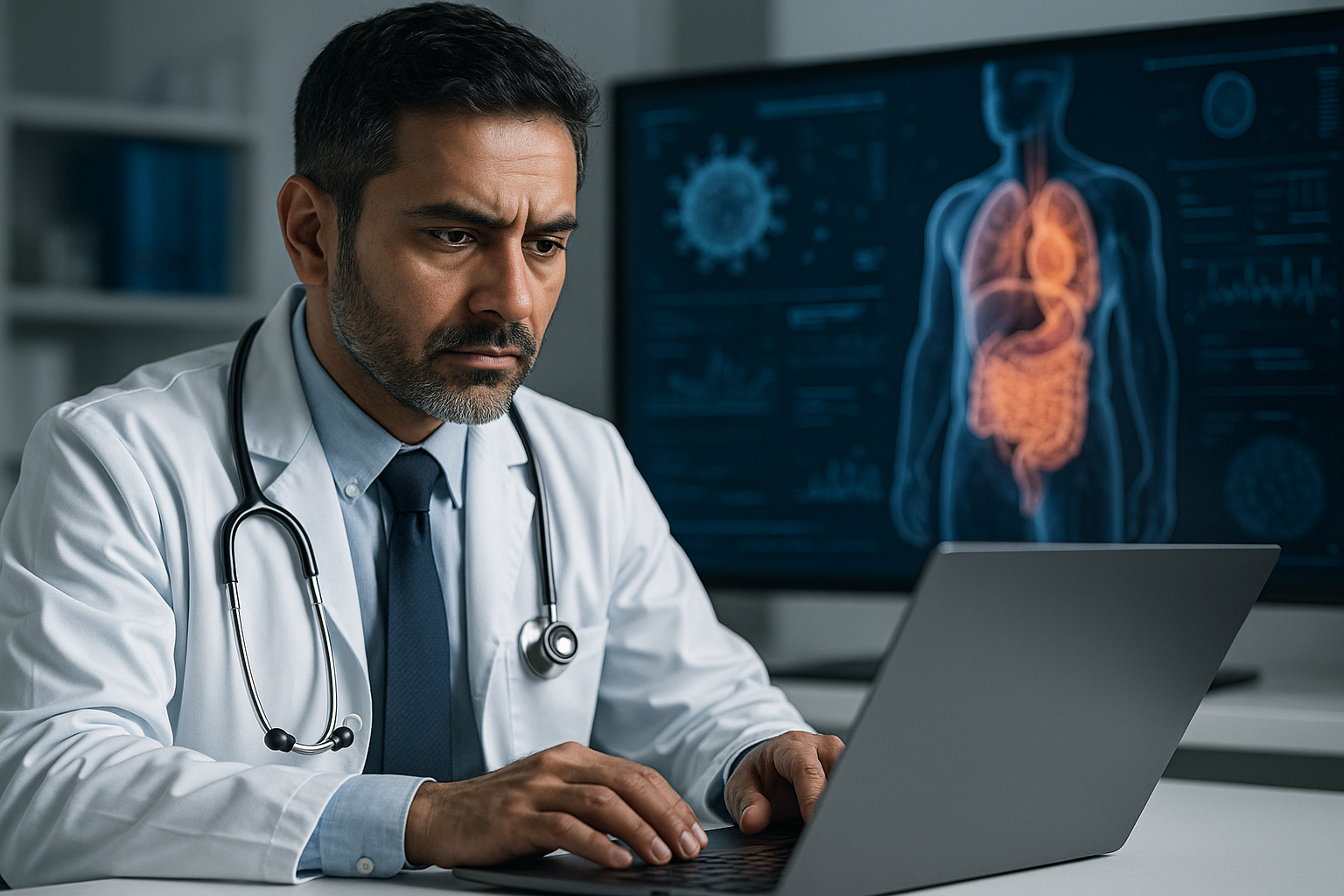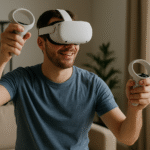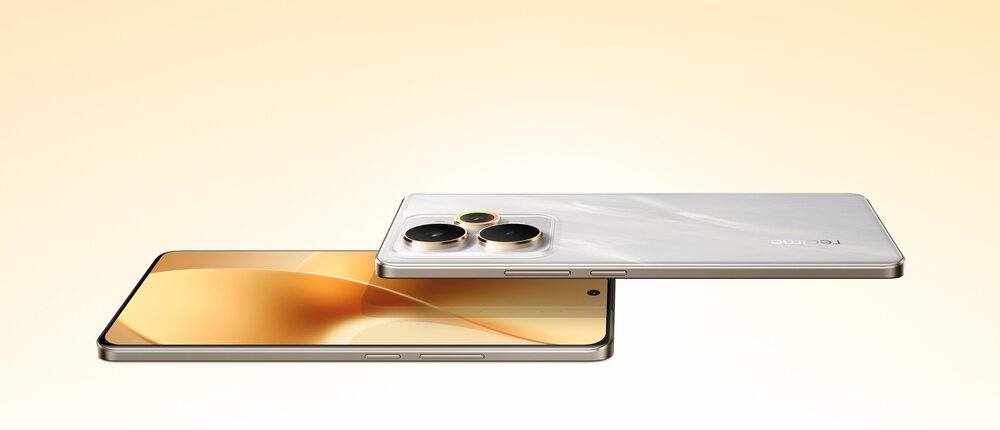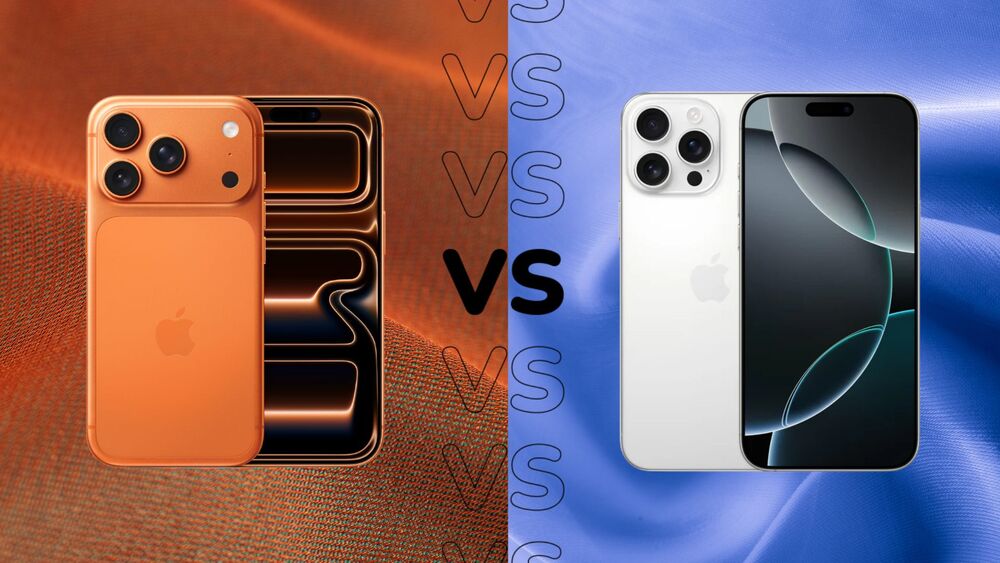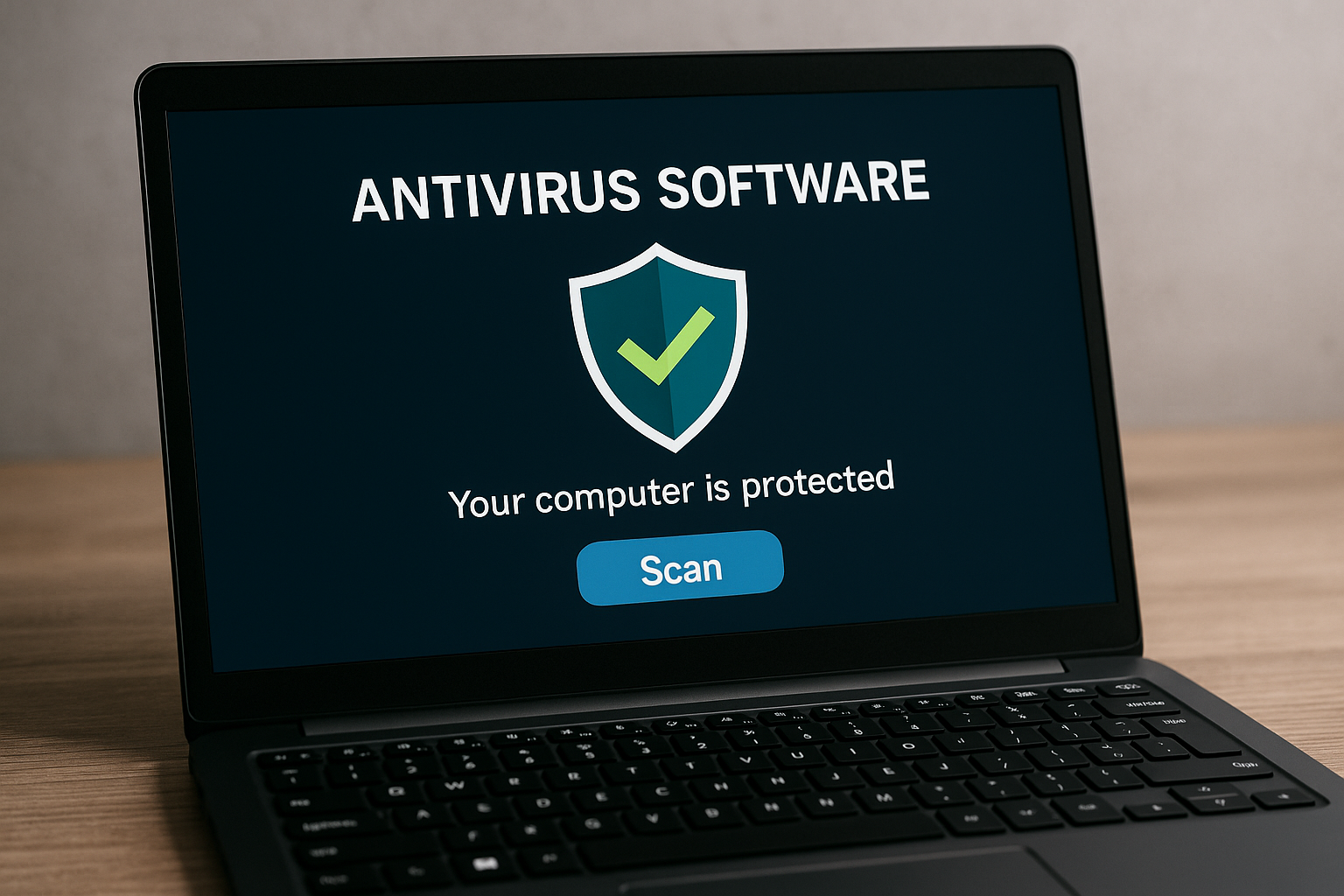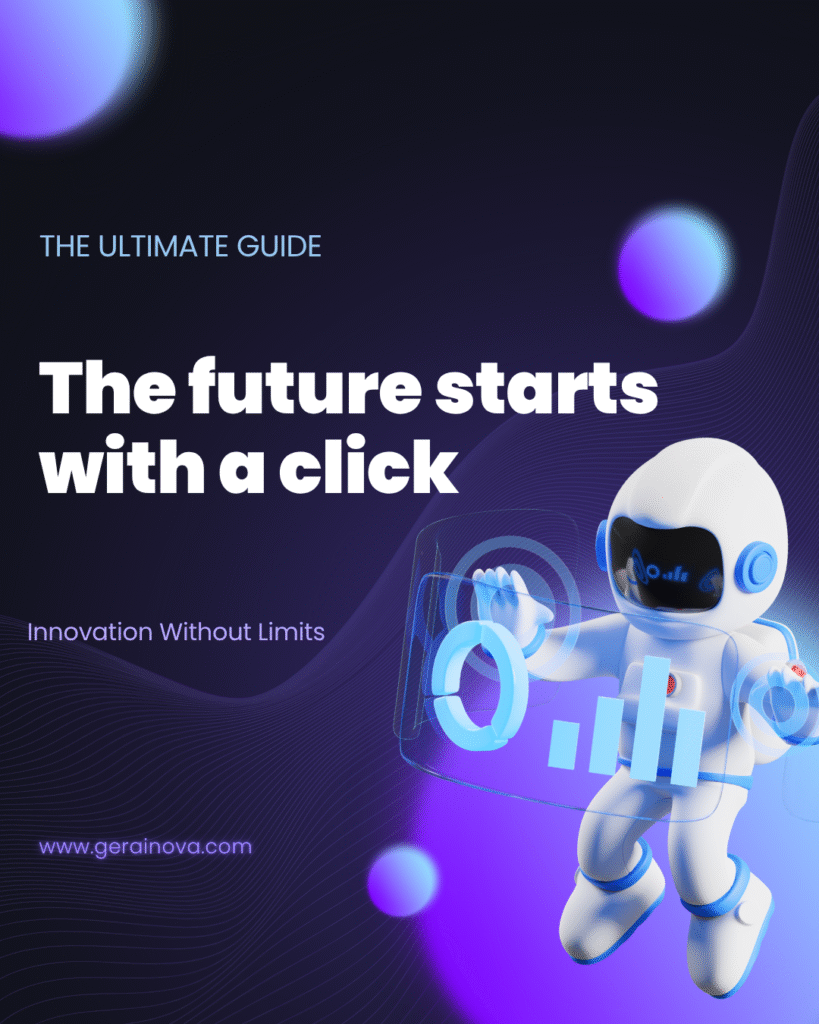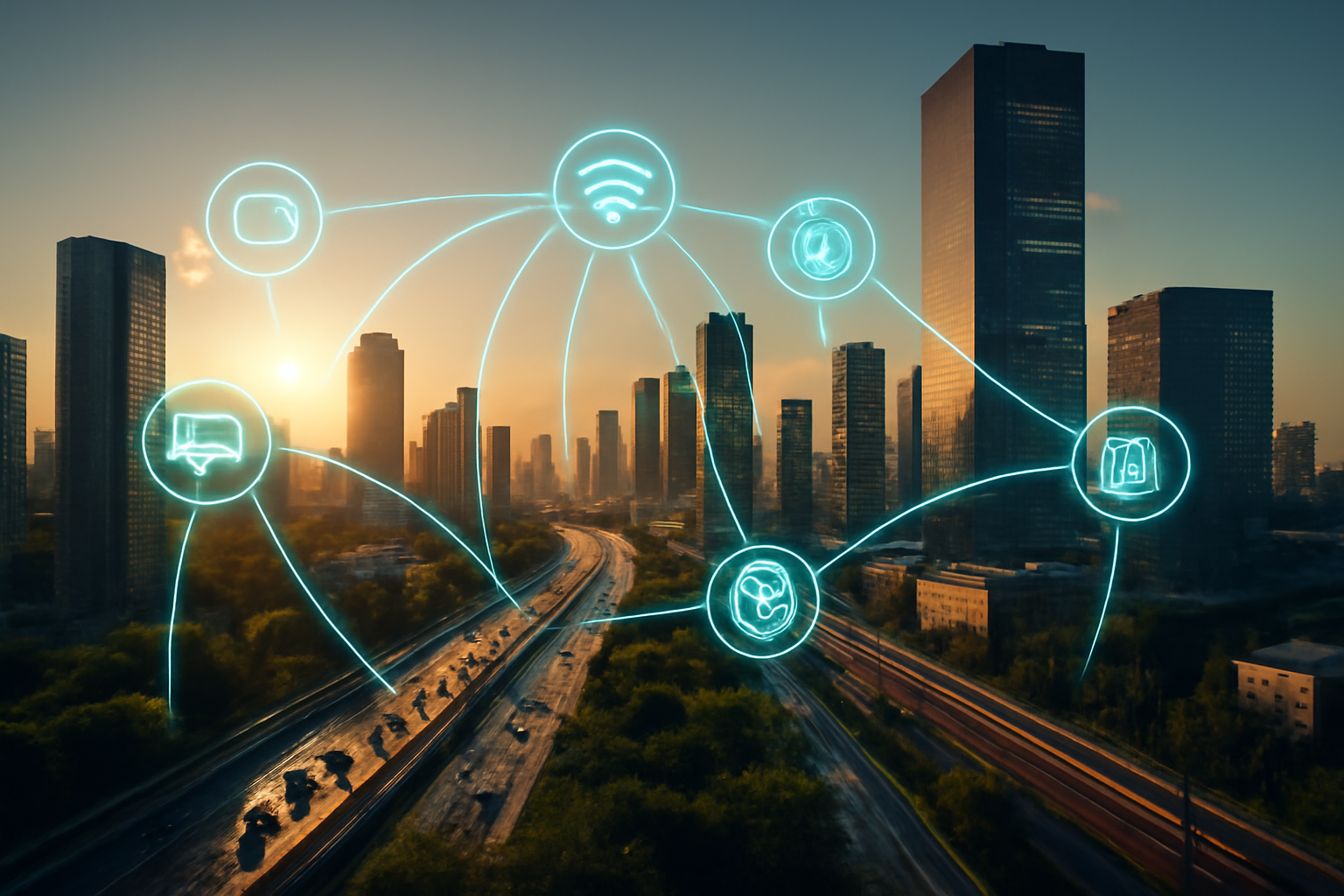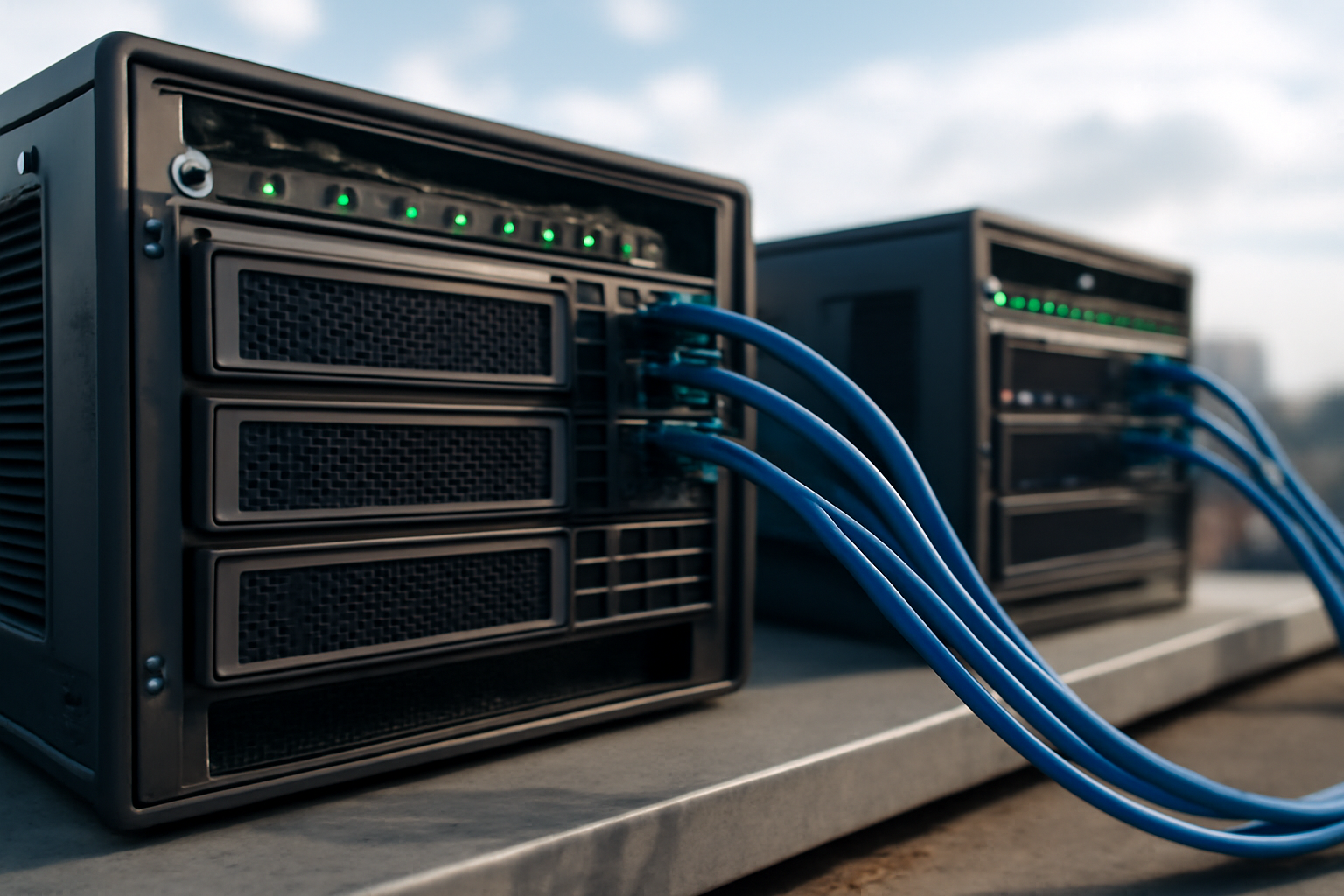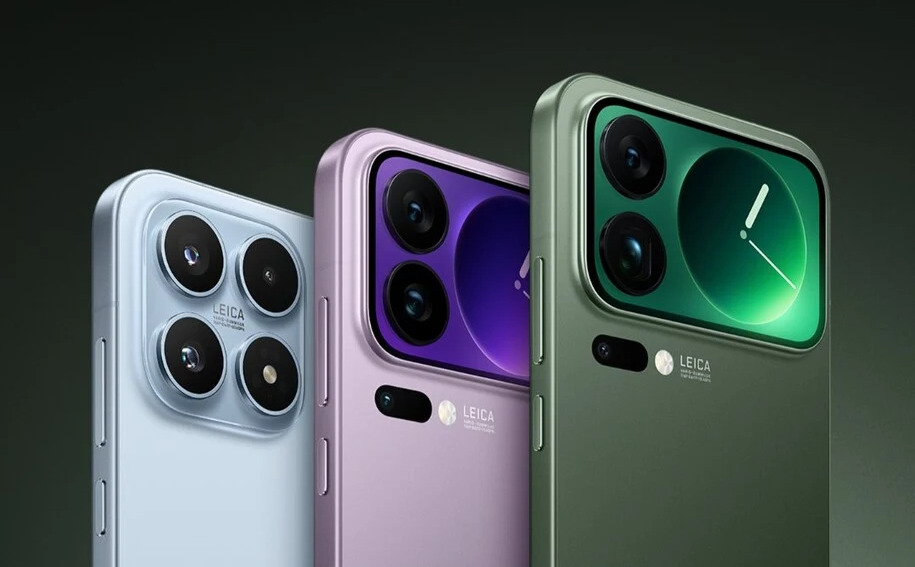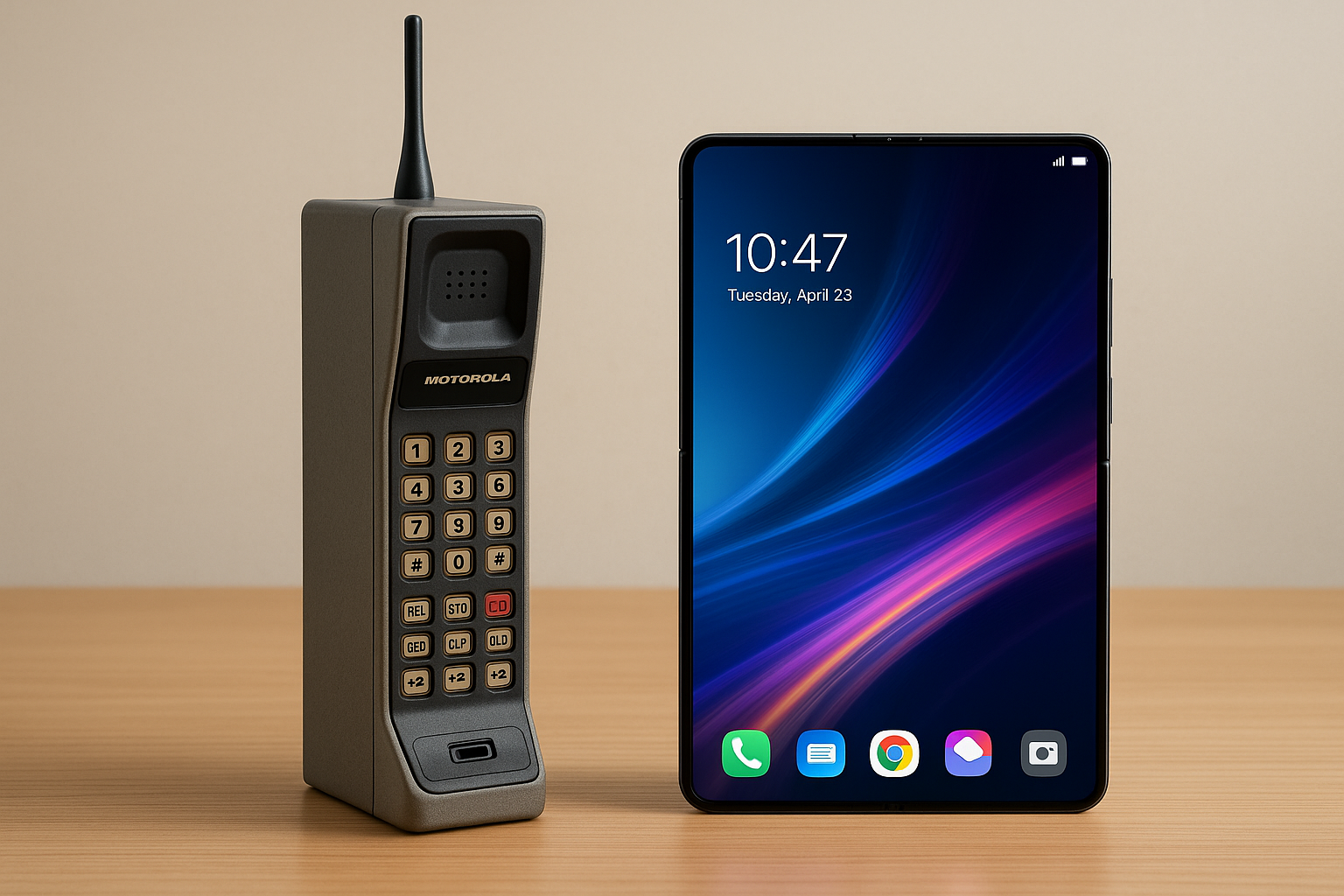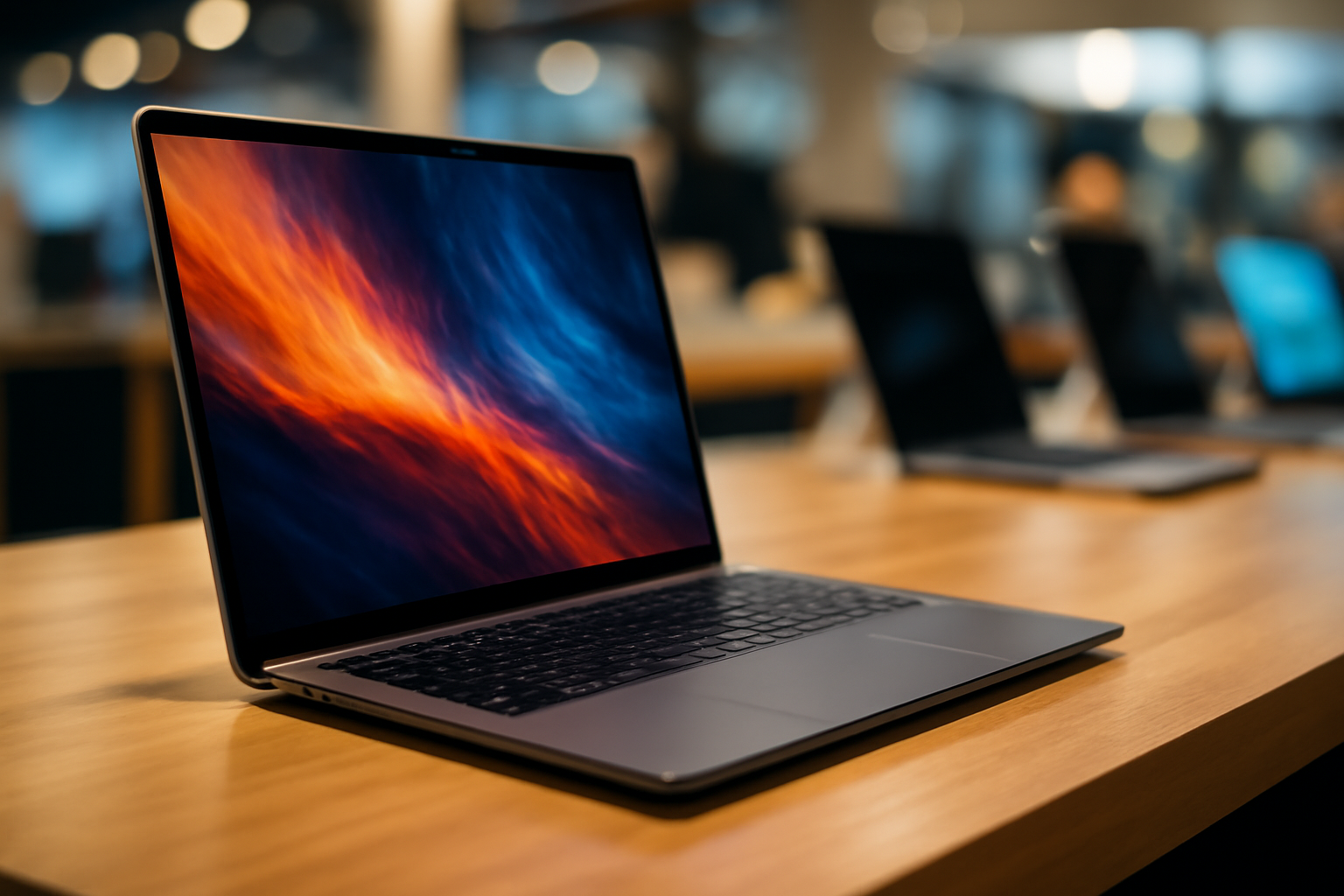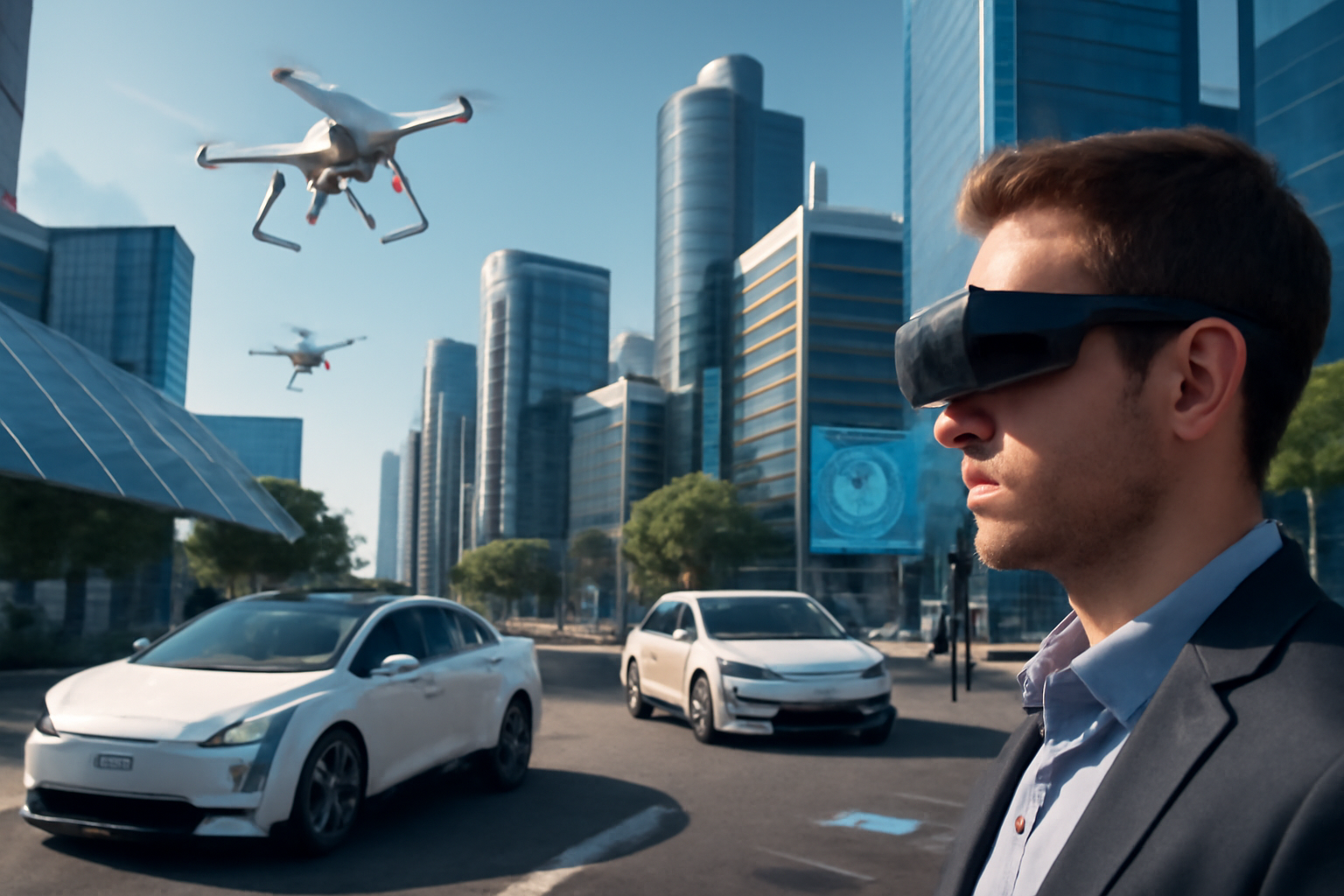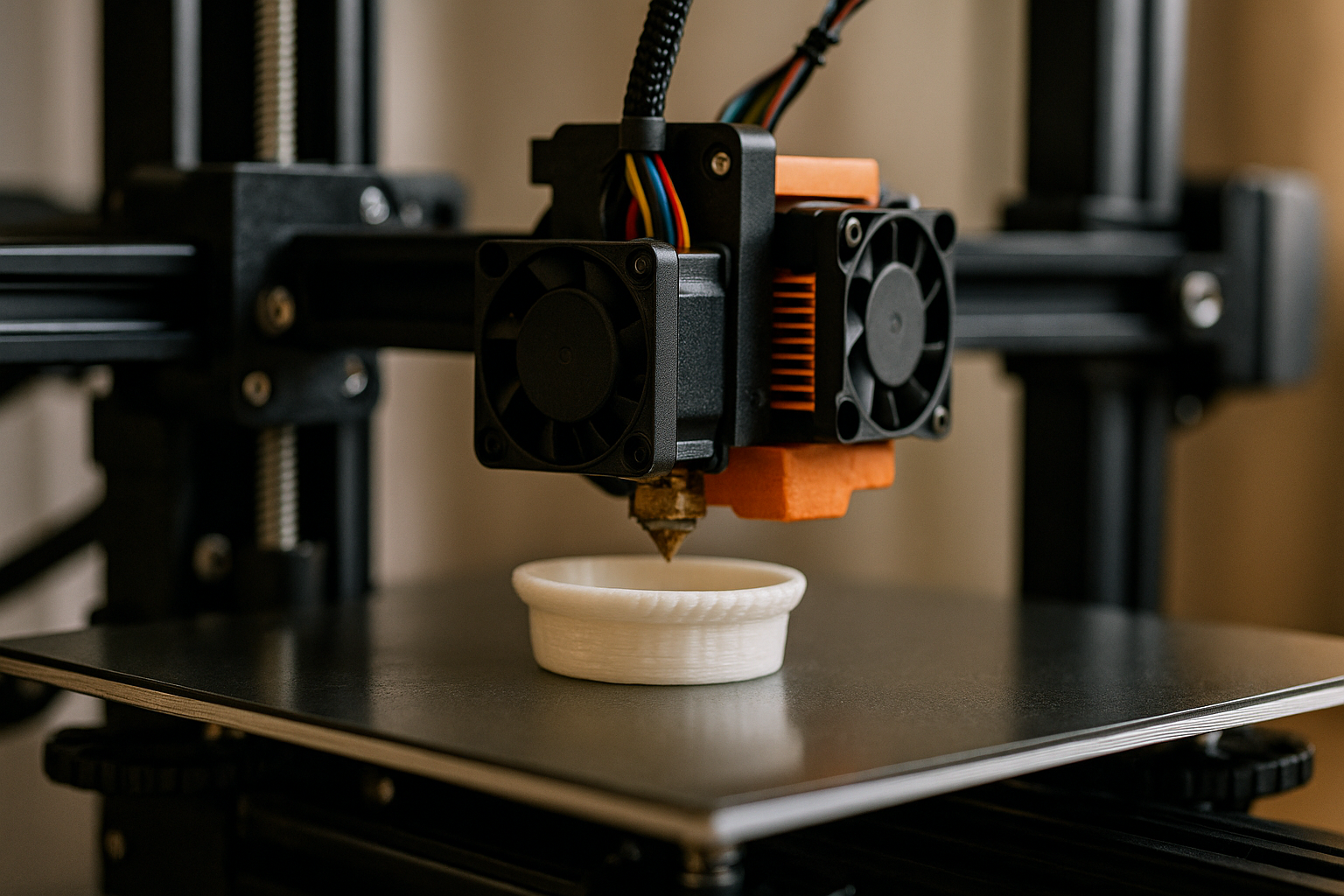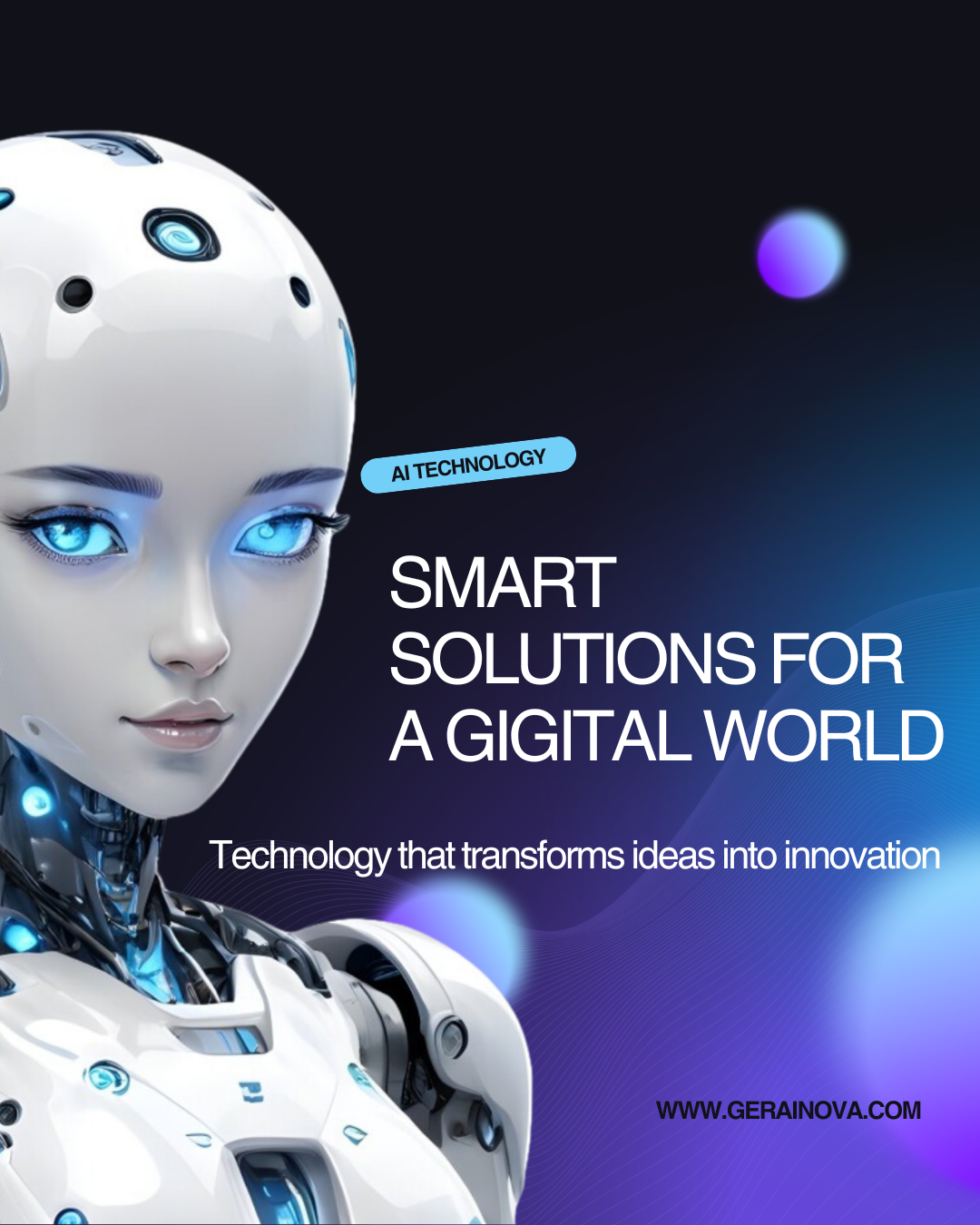Understanding the Modern Landscape of Healthcare
The healthcare landscape has undergone a profound shift, with technology revolutionizing how we detect, treat, and manage diseases. Innovations in artificial intelligence, robotics, genomics, and mobile health are redefining patient care, making it more personalized, accessible, and efficient.
Today, medical professionals and institutions are leveraging these advancements to combat both chronic and acute conditions, accelerate recovery, and even predict disease outbreaks. In this article, we explore the multifaceted role of technology in the fight against diseases and the transformative impact it has across the globe.
Diagnostic Innovations: Detecting Illness Early
AI in Medical Imaging
Artificial Intelligence (AI) has made significant strides in medical imaging. Algorithms trained on massive datasets can now identify abnormalities in X-rays, MRIs, and CT scans faster and sometimes more accurately than human radiologists. For example, Google’s DeepMind has developed an AI model that outperforms doctors in breast cancer detection.
This technology enhances early detection of conditions like lung cancer, strokes, and fractures, leading to faster treatment and better outcomes. It also reduces diagnostic errors and helps overburdened medical professionals focus on critical cases.
Genomic Sequencing and Precision Medicine
Genomic sequencing enables doctors to analyze a patient’s DNA and predict their susceptibility to diseases like cancer, Alzheimer’s, or rare genetic disorders. It forms the backbone of precision medicine, where treatment is tailored to the genetic makeup of an individual.
For example, BRCA1 and BRCA2 gene tests help assess breast and ovarian cancer risk. Personalized cancer therapies based on genetic markers are already improving survival rates.
Portable Diagnostics and Lab-on-a-Chip
Compact diagnostic tools, often referred to as lab-on-a-chip, allow healthcare professionals to run blood, saliva, or urine tests without full-scale labs. These devices are particularly beneficial in remote areas or during public health crises.
During the Ebola and COVID-19 outbreaks, such portable diagnostics played a key role in early detection and containment. Rapid testing improves patient outcomes and helps prevent disease spread.
Real-Time Health Monitoring with Wearables
Wearable technology is no longer limited to fitness enthusiasts. Smartwatches, biosensors, and wearable ECG monitors provide continuous insights into users’ vitals, including heart rate, sleep, blood oxygen levels, and even early signs of arrhythmias or respiratory issues.
Chronic Disease Management
For people living with chronic conditions such as diabetes, asthma, and hypertension, wearables enable real-time monitoring and early intervention. Continuous glucose monitors alert diabetic patients to dangerous blood sugar levels. Smart inhalers track usage and environmental triggers for asthma.
By empowering patients with data, wearables improve self-care, reduce hospital visits, and enhance doctor-patient collaboration.
Preventive Healthcare
Advanced wearables can detect changes in behavior or physiological patterns that may indicate the onset of disease. Early warnings allow for timely check-ups and preventive measures, which can drastically reduce healthcare costs and improve quality of life.
Telemedicine: Bringing Doctors Closer to Patients
Telemedicine exploded during the COVID-19 pandemic, but its benefits extend well beyond emergency situations. Virtual consultations, remote diagnostics, and electronic prescriptions have bridged the gap between doctors and patients, especially in underserved or rural regions.
Accessibility and Convenience
Telehealth reduces the need for travel, minimizes waiting times, and offers flexibility for patients and providers alike. Elderly patients, those with mobility issues, and individuals in quarantine can now access care from home.
Expanding Mental Health Support
Mental health services have greatly benefited from telemedicine. Virtual therapy platforms offer greater privacy, reduced stigma, and broader access to psychologists and counselors. Patients can now attend therapy sessions from the comfort of their homes, enhancing treatment continuity.
Robotics in Surgery and Patient Care
Robotics is elevating precision in surgical procedures and improving patient recovery times.
Robotic-Assisted Surgery
Surgical robots like the Da Vinci system assist doctors in performing complex procedures with enhanced precision, minimal invasiveness, and reduced blood loss. These benefits lead to faster recovery, fewer complications, and shorter hospital stays.
Robotic systems are also increasingly used in orthopedic surgery, neurosurgery, and urology. Surgeons can operate remotely with robotic precision, opening new possibilities for rural or battlefield surgeries.
Robotics in Daily Care
Robots assist in routine tasks like delivering medications, sanitizing hospital rooms, and helping patients with mobility challenges. In elderly care, companion robots provide mental stimulation and monitor vital signs, helping staff focus on urgent needs.
AI and Machine Learning in Drug Discovery
Discovering and testing new drugs can take years and cost billions. AI is drastically cutting down that timeline.
Accelerated Research
AI models analyze chemical compounds, simulate biological interactions, and identify potential drug candidates with remarkable speed. During the COVID-19 pandemic, AI helped screen existing medications and identify new antivirals in record time.
AI also aids in repurposing existing drugs for new diseases, making treatment more affordable and widely accessible.
Clinical Trial Optimization
By predicting patient eligibility, optimal dosing, and adverse effects, AI streamlines clinical trials, making them safer and more efficient. Virtual trials using patient avatars and real-world data are already in development.
3D Printing: Customization in Healthcare
3D printing enables the creation of custom prosthetics, implants, and even tissues.
Personalized Medical Devices
From dental crowns to hearing aids, 3D printing allows for faster, cheaper, and more personalized devices. This customization improves comfort, functionality, and overall patient satisfaction.
Bioprinting and Tissue Engineering
Though still in experimental phases, 3D bioprinting is being used to create skin grafts, vascular structures, and even liver tissues. One day, this could eliminate the need for donor organs and revolutionize transplant medicine.
Mobile Health Applications
Smartphones are a central hub for health information and management.
Self-Diagnosis and Health Tracking
Apps like Ada or WebMD enable symptom checking, helping users decide whether to seek medical attention. Others monitor mood, menstrual cycles, or nutrition, allowing users to manage daily wellness more effectively.
Chronic Disease Support
Patients can log symptoms, receive medication reminders, and communicate with care teams. Apps for asthma, epilepsy, and arthritis support disease education and adherence to treatment plans.
Big Data and Predictive Analytics
With healthcare generating massive amounts of data, predictive analytics is helping anticipate outbreaks, identify at-risk populations, and optimize treatment protocols.
Epidemic Forecasting
During pandemics, data from wearables, social media, and public health records help predict the spread of disease. This allows for timely policy responses and resource allocation.
Hospital Management
Hospitals use data to forecast patient loads, reduce readmission rates, and monitor infection control. Real-time dashboards support decision-making and improve patient outcomes.
Drones and Delivery Tech
Drones are now used to transport blood, vaccines, and medical supplies to remote areas. Organizations like Zipline in Africa deliver life-saving materials across vast distances within minutes.
Such innovations ensure rapid response during emergencies and reduce logistical barriers in hard-to-reach communities.
Virtual Reality (VR) and Augmented Reality (AR)
VR and AR are enhancing training, therapy, and patient engagement.
Medical Training
VR simulates surgeries, emergency scenarios, and anatomical exploration. Medical students and professionals can practice skills without risk, improving competence and confidence.
Pain and Anxiety Management
VR is used to distract patients during painful procedures or help manage phobias and PTSD. For children undergoing chemotherapy or adults with anxiety, immersive experiences reduce discomfort and promote relaxation.
Addressing Challenges and Ethical Concerns
While technological advancements bring immense benefits, they also raise critical ethical and practical challenges.
Data Privacy
The collection of sensitive health data necessitates stringent privacy laws and robust cybersecurity. Patients must be informed about how their data is used and stored.
Algorithmic Bias
AI systems trained on non-representative datasets may exhibit bias, leading to disparities in diagnosis or treatment. Ongoing evaluation and inclusive data practices are essential.
The Digital Divide
Not everyone has access to high-speed internet or smart devices. Bridging this gap is crucial to ensure that technological health benefits reach everyone, not just the privileged few.
The Future of Tech-Driven Healthcare
As technology evolves, so will its application in healthcare.
- Quantum computing may solve complex biological problems in seconds.
- Brain-computer interfaces could help disabled individuals regain mobility.
- Digital twins — virtual models of patients — may allow for simulation of treatments before they’re administered in real life.
Global Collaboration and Innovation
Cross-border partnerships, open-source platforms, and nonprofit innovation labs are vital for ensuring global health equity. Technology must serve as a bridge — not a barrier — in the global effort to eradicate disease.
Final Thoughts: Building a Healthier Tomorrow
Technology is transforming how we fight disease, empowering both healthcare providers and patients. From early detection to advanced treatment and proactive prevention, innovation is at the heart of modern medicine.
But with this power comes responsibility — to ensure ethical use, equitable access, and sustainable growth. As we navigate this new era, collaboration between scientists, engineers, healthcare professionals, and communities will be the key to unlocking the full potential of technology in health.
The battle against disease is far from over, but with the right tools, knowledge, and compassion, humanity is more equipped than ever to win.
